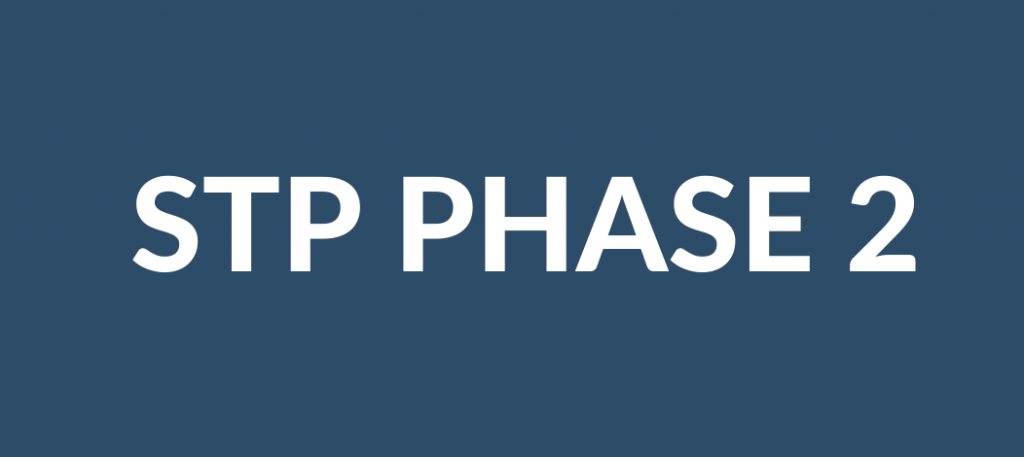As part of the set-up for STP Phase 2, employees must be labelled correctly as per a category of taxpayer (e.g. Regular, Actor, Senior or Pensioner & Horticulturist or Shearer) etc) and an additional layer known as an income type from the list below:

- SAW (salary and wages)
- CHP (closely held payees)
- WHM (working holiday makers)
- FEI (foreign employment income)
- IAA (inbound assignees to Australia)
- SWP (seasonal worker programs)
- JPD (joint petroleum development area)
- VOL (voluntary agreement)
- LAB (labour hire)
- OSP (other specified payments)
Most of the above income types are self-explanatory, with the exception of “closely held payees” (CHP). The CHP income type is tripping people up because they assume a payee who is a CHP should automatically be given the CHP income type. While this appears to be a logical choice, a CHP may have either an income type of SAW or CHP, depending on the entity’s situation. So how do you know when to choose one over the other? Below is my explanation of this issue.
Firstly, what is a CHP? The ATO says it’s a person directly related to the entity from which it receives payments such as the following:
- family members of a family business;
- directors or shareholders of a company; and
- beneficiaries of a trust.
Payments made to CHPs which are subject to withholding tax and superannuation guarantee must be reported via STP Phase 2.
When to choose the CHP Income Type
If the following applies to the entity that is paying CHPs, then the CHP income type must be selected during setup for STP 2:
- There are 19 or fewer employees (small employer) and
- One of the 2 x quarterly reporting concessions is being used
- Option 2 – Report actual payments quarterly
- Option 3 – Report a reasonable estimate quarterly
- Payroll finalisation will occur later than 14th July
Choosing either CHP or SAW Income Type
If the above reporting concessions are not being used by the entity and finalisation will occur by 14th July along with other arms-length employees, you may choose the income type CHP or SAW for your closely held payees.
I hope this has clarified the confusion around when to choose CHP as an income type for a payee who is a CHP.
If you are in the process of setting up your payroll for STP Phase 2, the ATO has a number of resources available. See also here for further ATO resources. It is worth checking them out to ensure that your setup is correct. Remember, STP Phase 2 will see a large proportion of payroll data shared with Services Australia on behalf of your employees. Services Australia will use this information as the basis for calculating future payments to your employees, should they be receiving them. For this reason, as well as ensuring employees’ wages are taxed properly, it is very important to ensure that your STP Phase 2 reporting is accurate and correct.
